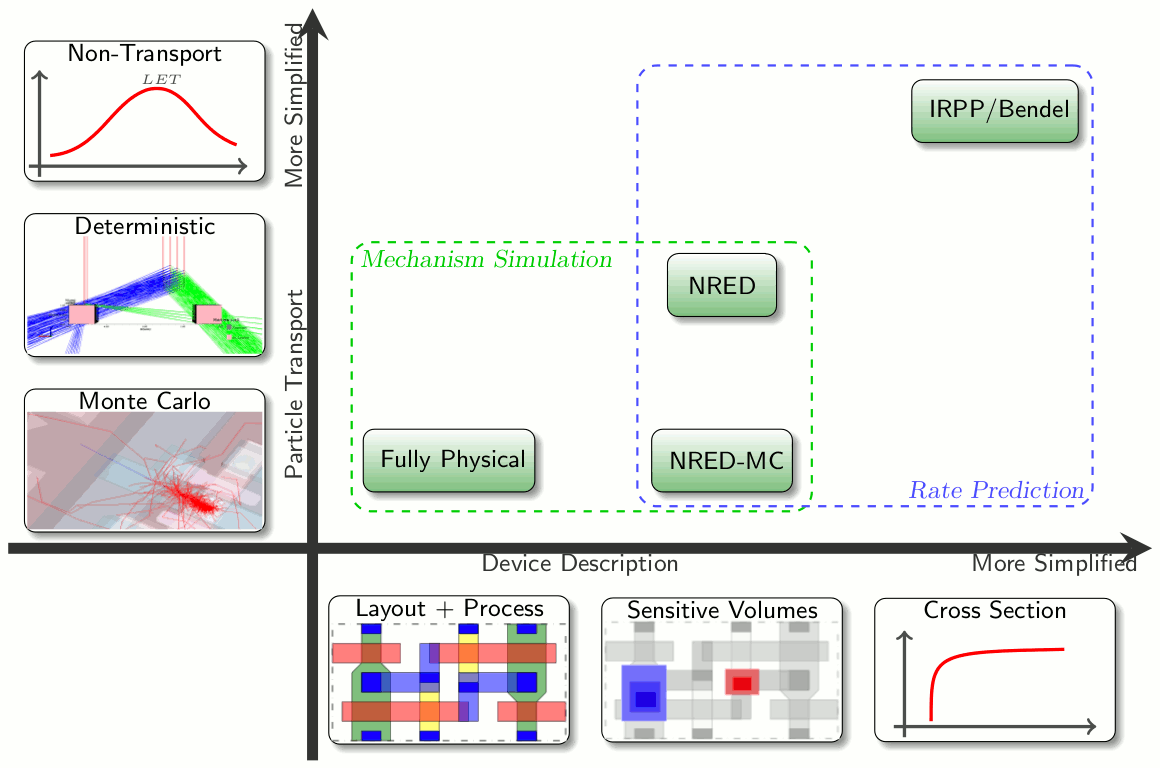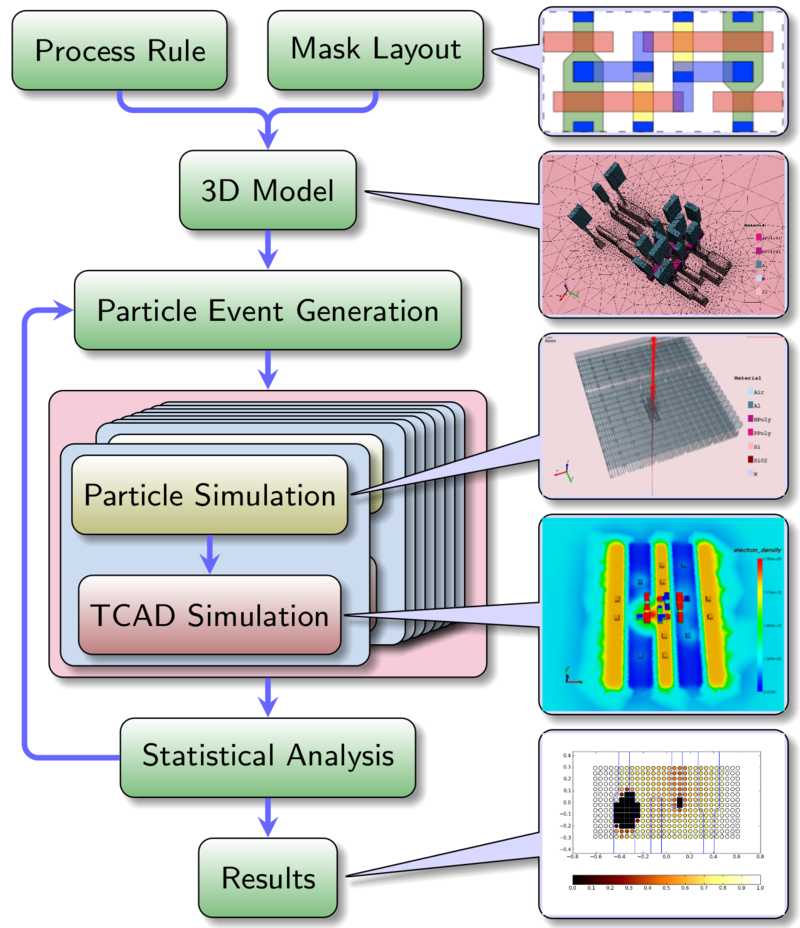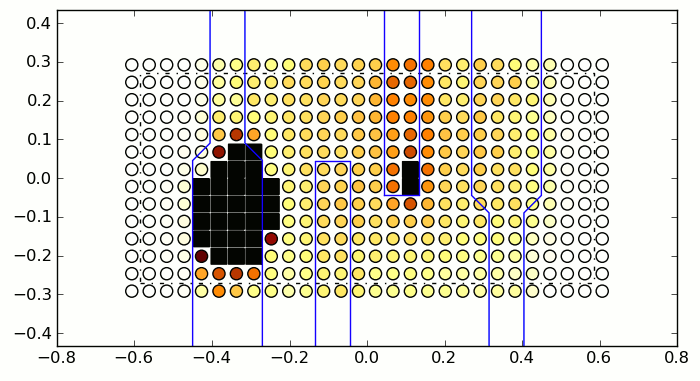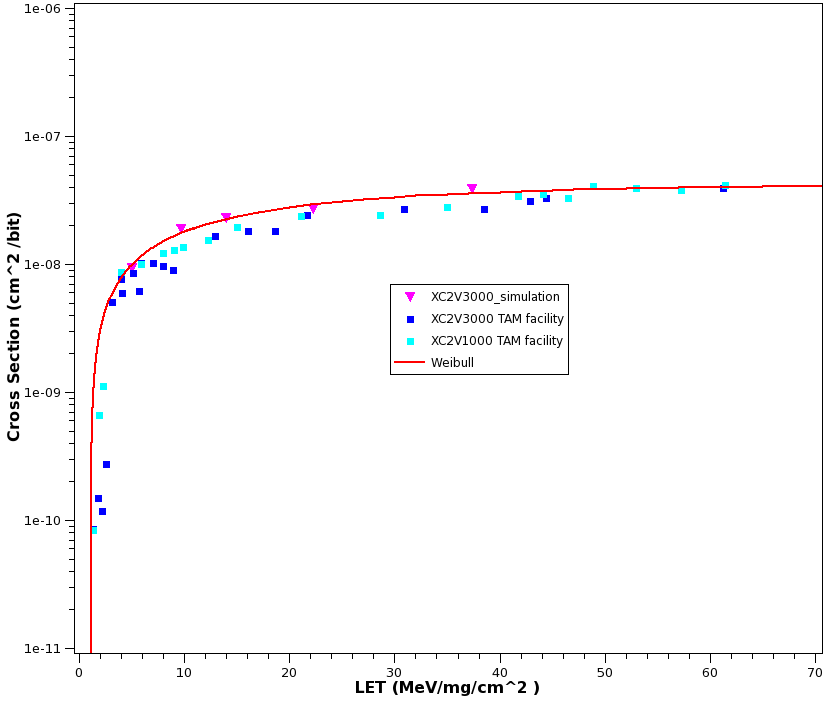General
As shown in figure below, there are overlaps between Mechanism Simulation and Rate Prediction. The figure is explained here:

As for Mechanism Simulation, there are three options:
-
Fully Physical Simulation
-
NRED-MC
-
NRED
Fully Physical Simulation
Brochure
This is the detailed simulation, thus it's called "fully" physical simulation. The energy distribution along the trajectory of every single energetic particle is simulated by Monte Carlo method, and the device response is simulated in charge carrier transport (TCAD device simulation)
Pros
-
To have an clear understanding of the behavior of the energetic particle inside the device, thus we can:
- Determine what kinds of particle with what energies or angles causes the SEEs
- Determine what kinds of interaction cause the SEEs
-
To have an clear understanding of the charge carrier transport of the device, thus we can:
- Locate the exact particle injection position that causes SEEs
- Find the transistor parts that are sensitive to SEEs
- Based on the understandings above, we can develop reasonable abstract models of SEE, used for
simpler simulation, prediction, and hardening design.
Con
- Time consuming. (Maybe I should have typed it as TIME CONSUMING!)
- TCAD specialist required.
Difficulties
-
Algorithm
- TCAD simulation
- Sensitive area searching
-
Geometry Modeling
- From mask layout and process rules to TCAD model
- From mask layout and process rules to Monte Carlo model
- Calculation Task Assignment
PFTN's Solution
PFTN employs or develops professional methods to deal with the difficulties mentioned above, and thus has developed a sophisticated solution to fully physical simulation. Figure below shows the work-flow of the solution.:。

Software Used
- Geometry Modeling: MStructure
- Energetic Particle Simlation: Gseat
- TCAD Simulation: MozzTCAD
Result Example
Figure below gives a simulation example of a SRAM cell for SEU, a map for SEU event positions. Black squares are events that cause upsets, and round circles are non-upset events in which depth of color indicates tendency of upset. Simulation gives the exact sensitive area of the cell.

Figure below (right) gives the comparison between simulated results and experimental results of upset cross-section of a commercial SRAM.

NRED/NRED-MC
NRED (Nuclear Reaction Energy Deposition) and NRED-MC do not use mask layout as device description method, but employ an artificially defined concept: Sensitive Volume (SV). The usage of SV is to replace TCAD simulation with a simple SEE criterion: If the electric charge produced by the particle within the SV exceeds a certain value (critical charge), the SEE will happen.
Compared with fully physical simulation, the pros and cons of NRED/NRED-MC are:
Pros
- Time economic
- No TCAD specialists are needed
- Detailed mask layout and process rules are not necessary.
Con
- Human-defined parameters are needed.
NRED/NRED-MC can also be used for Rate Prediction on orbits.
 Domestic EDA technology pioneer | PFTN semiconductor
Domestic EDA technology pioneer | PFTN semiconductor

